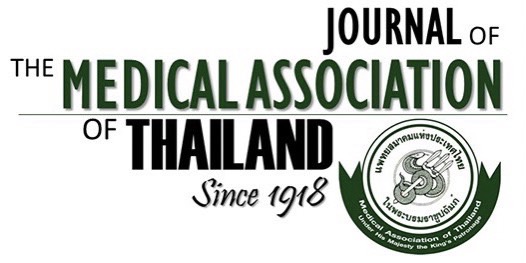Enhancing Cardiovascular Risk Awareness among High School Students: The Cluster Randomized Controlled Trial of School-Based Educational Interventions
Maitree Thronsao¹, Ranee Wongkongdech², Kongkarn Chancharusiri³, Nirun Intarut²
Affiliation : ¹ PhD in Health Science, Faculty of Medicine, Mahasarakham University, Maha Sarakham, Thailand; ² Department of Health System Sciences, Faculty of Medicine, Mahasarakham University, Maha Sarakham, Thailand; ³ Department of Psychiatry, Suddhavej Hospital, Faculty of Medicine, Mahasarakham University, Talat, Maha Sarakham, Thailand
Objective: To examine the effects of an educational program on enhancing awareness of cardiovascular disease (CVD) risk factors among high school students.
Materials and Methods: A cluster randomized controlled trial was conducted between July and November 2024. Thirty-five high schools in Mahasarakham Province were considered, from which eight schools were selected using simple random sampling and then randomly assigned to either the intervention group (four schools) or the control group (four schools). The intervention consisted of a 2-hour participatory classroom session that included PowerPoint presentations, educational videos, infographics, and video interviews with real patients CVD to enhance engagement and contextual learning. Following the classroom session, participants were invited to join a dedicated LINE application group for 30 days. In this group, they received ongoing educational content and motivational messages. Participants were encouraged to engage actively by asking questions and discussing health-related topics. Outcome assessments were conducted at a 12-week follow-up to evaluate changes in CVD-related awareness, knowledge, and attitudes. Data was analyzed using a generalized estimating equation (GEE) model to compare outcomes between the intervention and control groups while adjusting for potential confounding factors.
Results: The present study involved 1,352 students, with 683 in the intervention group and 669 in the control group, with an average age of 16.1 years. The majority were female (67.5%) and in Grade 10 (54.2%). A comparison of the baseline characteristics between the experimental and control groups revealed no significant differences. The intervention group showed significantly higher improvements in awareness of 2.47 (95% CI 2.23 to 2.70), knowledge of 3.24 (95% CI 2.40 to 4.07), and attitude of 3.55 (95% CI 2.61 to 4.49) regarding exposure to risk factors of CVD.
Conclusion: The findings suggest that the educational intervention was effective in significantly improving students’ raising awareness of risk, knowledge, and attitudes toward CVD among high school students.
Received 21 March 2025 | Revised 8 August 2025 | Accepted 8 August 2025
DOI: 10.35755/jmedassocthai.2025.9.747-754-02834
Keywords : Cardiovascular risk; Awareness; High school students
All Articles
Download



